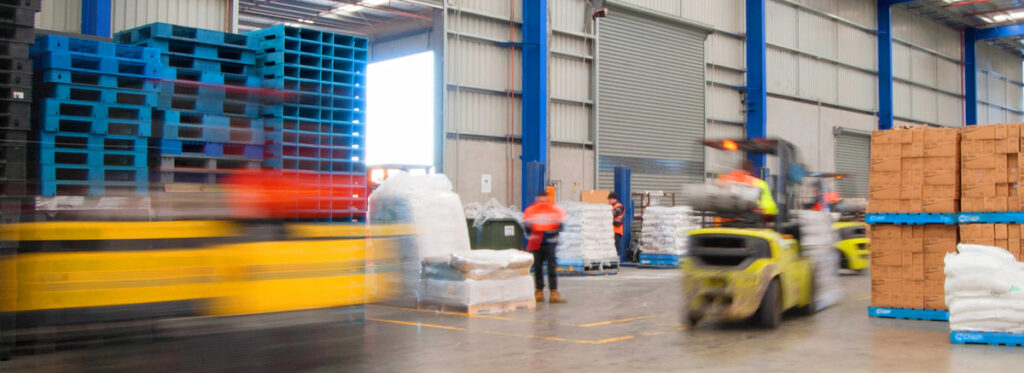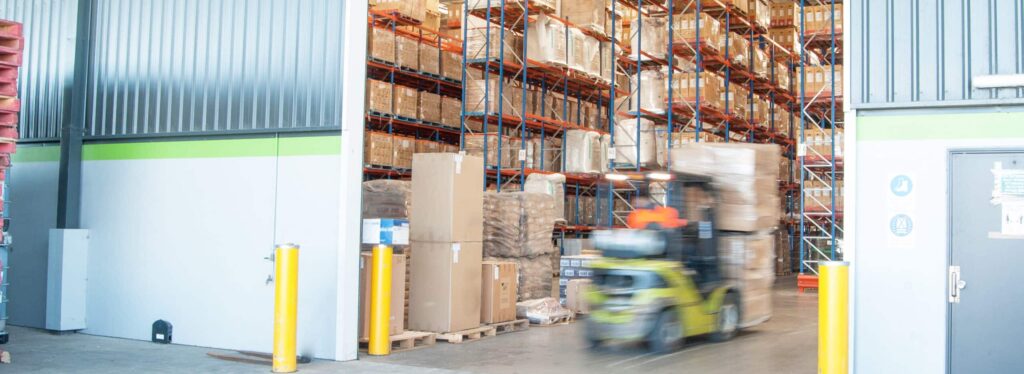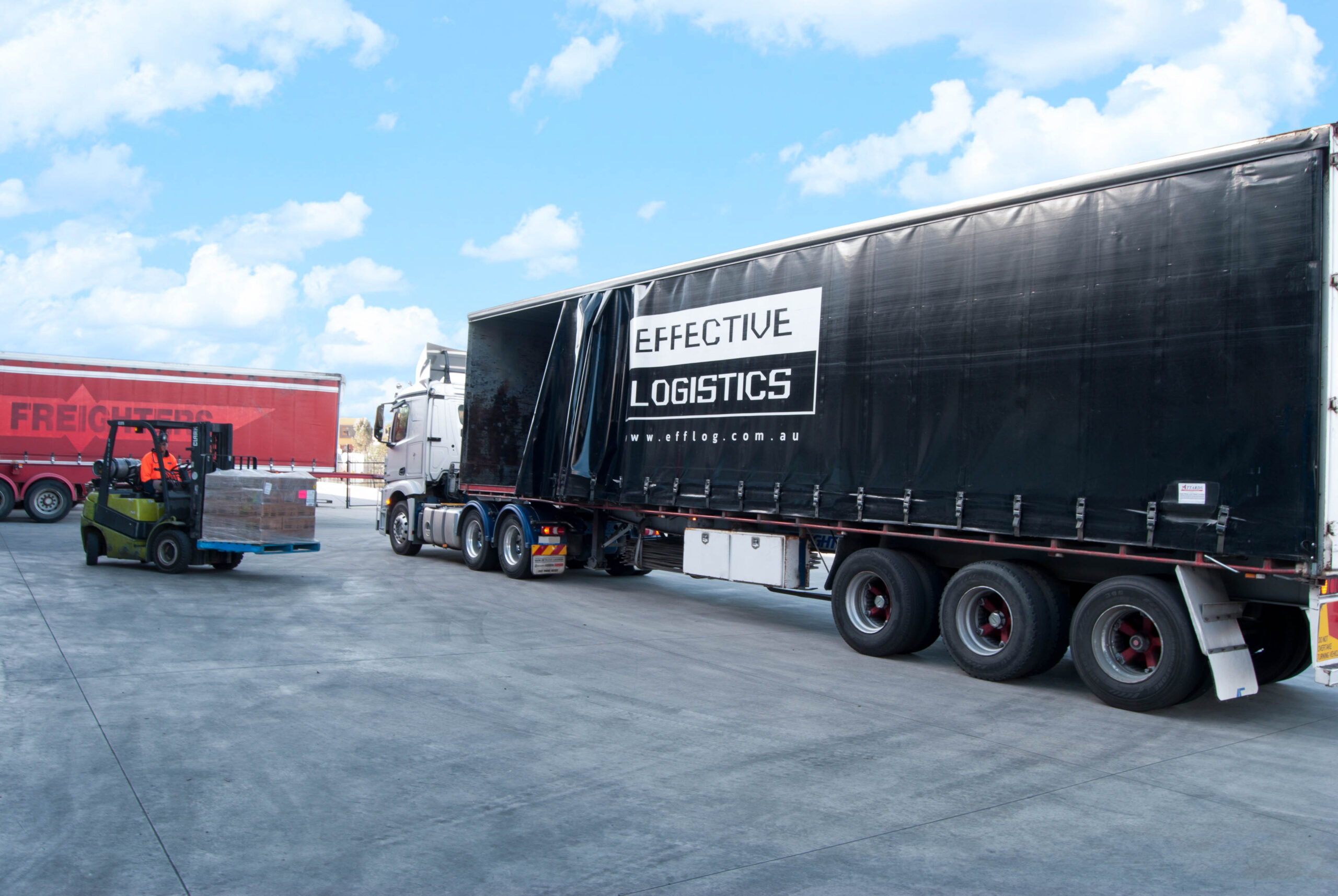You are managing the intricate aspects of logistics, balancing inventory, warehousing, and shipping methods.
You have encountered terms like third-party logistics (3PL) and drop shipping, but understanding their differences might seem complicated.
We will compare 3PL and drop shipping, highlight their distinct benefits, and help you determine which method aligns with your business requirements.
Let’s make your shipping decisions easier.
What is Third-Party Logistics (3PL)?
Third-party logistics, also known as 3PL, refers to a system where a business delegates parts of its distribution and fulfilment services to an external party. The 3PL company is responsible for order fulfilment, inventory management, and providing warehouse space. In essence the 3PL meaning is, they store your goods and package and ship orders for you.
This setup allows businesses to concentrate on other operational areas with the assurance that their products are delivered to their customers effectively. It’s a beneficial arrangement as it removes the need for businesses to manage warehouse space or deal with the intricacies of inventory management.
Understanding the function of third-party logistics helps in making a well-informed choice between 3PL and drop shipping.
What is Drop Shipping?
Drop shipping is a retail model where the seller doesn’t keep products in stock. Instead, when a seller receives an order from a customer, they forward the order details to a supplier. The supplier is then responsible for shipping the product directly to the customer.
This is the basic principle of drop shipping. The role of the seller in this model is to facilitate the transaction between the customer and the supplier.
This arrangement might be a good fit for those new to e-commerce or those with limited capital for inventory investment. The risk is also less since no upfront product purchase is required.
The subsequent section will discuss the differences between 3PL and drop shipping in logistics.

Differences Between 3PL and Drop Shipping in Logistics
Understanding the key differences between 3PL and drop shipping in logistics is vital for determining the most appropriate model for your business needs.
3PL, also known as third-party logistics fulfilment, is a process where you hire an external company to manage your warehousing, packaging, and shipping operations. The main advantage of this method is that it eliminates the requirement for you to handle your inventory.
Conversely, dropshipping is an order fulfilment strategy where you market products owned and kept by a manufacturer or wholesaler who ships the items directly to your customers, thus removing the need for warehouse space.
The primary differences between 3PL and drop shipping in logistics are centred around the control and storage of inventory. Each strategy possesses its unique advantages and potential drawbacks, depending on your business model.
1. Inventory Management
Inventory management is an integral part of any business, and it becomes even more relevant when you’re considering 3PL and drop shipping for your operations. The way inventory is handled is a significant difference in the 3PL vs drop shipping discussion.
Under 3PL, comprehensive inventory control methods are required as you’ll be in charge of storing and overseeing products. It would be necessary to maintain sufficient stock to satisfy orders but avoid excess inventory that could raise storage expenses.
Conversely, drop shipping fulfilment services greatly reduce inventory responsibility. There’s no need to maintain any physical stock as your supplier takes on the role of managing inventory. This model brings with it less risk and reduced overheads, but control over product quality and delivery timings could be a potential issue.
2. Warehousing
In the structure of your business, warehousing is a significant component, regardless of your choice between 3PL and drop shipping. If you decide on third-party logistics fulfilment, the responsibility of storing your inventory is transferred to experts.
They have the task of managing, organising, and supervising your warehousing needs, which often leads to increased effectiveness and reduced expenses.
But, if you desire to keep control, you may decide to oversee your warehouse space. Although this provides more supervision, it’s also more demanding in terms of time and costs. It demands a substantial investment in the physical space and the personnel required to supervise it.
On the other hand, drop shipping removes the requirement for warehousing. You won’t manage any inventory, which decreases overhead and simplifies operations. The choice comes down to finding a balance between control, expense, and complexity.
3. Order Fulfilment
In the context of order fulfilment, there are notable differences between 3PL and drop shipping, which can have a considerable effect on business operations. In the process involved with 3PL, the third-party logistics company is responsible for storing your inventory, packing, and shipping orders on your company’s behalf.
On the contrary, drop shipping skips the storage aspect. The customer’s order is instead forwarded to your suppliers, who then deliver the product directly to your customer. This method of e-commerce fulfilment may make operations more efficient, but there might be a need for more control over the quality of the fulfilment service.

4. Investment and Risk
Both 3PL and drop shipping have their investment costs and risk factors, which can significantly influence the financial health and stability of your business.
In debating dropshipping versus third-party logistics fulfilment, it’s necessary to analyse your business model thoroughly.
The initial investment for drop shipping is often lower, and there’s less risk of overstock. Still, this model does place heavy reliance on suppliers for inventory management and order fulfilment, which might lead to potential inconsistencies.
Conversely, the 3PL model requires a higher upfront investment to cover warehousing, inventory, and staff and also carries the risk of unsold inventory. However, this model allows for full control of the supply chain, which helps ensure consistency and quality.
Therefore, the investment and risk differ greatly between these two models.
5. Customer Interaction
Continuing the discussion, another distinct aspect between 3PL and drop shipping is the level of customer interaction.
In the case of drop shipping, the supplier is responsible for all customer interactions, which can be restrictive. This indirect interaction doesn’t provide the opportunity to establish customer relationships and can have an impact on brand loyalty and customer retention.
Contrarily, 3PL gives you the ability to manage customer interaction. The responsibility of addressing customer queries, returns, and feedback falls on you. This direct interaction can aid in building stronger customer relationships and can positively influence customer satisfaction levels. However, this also necessitates investment in customer service resources.
Therefore, while 3PL requires more work, it gives you more control over your brand’s customer relationships.
6. Product Range
Regarding product range, drop shipping often allows for a larger variety compared to 3PL. It is attributed to drop shipping enabling your e-commerce business to extend its product offerings without the necessity of managing inventory. Utilising a drop shipper makes it possible to advertise and sell more products on your site than would be possible with a conventional 3PL setup.
Despite drop shipping possibly offering a larger product range, it also has certain challenges. It’s crucial to verify that your drop shipper can consistently deliver high-quality products and punctually.
On the other hand, 3PLs might provide fewer products, but they typically offer more control over your inventory and product quality.

How to Ship Products to Customers from Home?
Often, managing efficient product shipping to customers from your home can seem challenging, particularly when dealing with a diverse product range. In a dropshipping business, handling orders directly from your home can offer significant advantages, such as reducing costs and having complete control over your inventory.
Identifying an optimal shipping carrier that aligns with your online business model and product size is a crucial first step. Investing in quality packaging to secure safe delivery is another vital aspect.
Keeping your customers updated regarding their order status and estimated arrival time can also contribute to customer satisfaction. With a well-planned strategy, managing your shipping orders from home can be handled effectively.
Next, we’ll consider the roles of ‘3PL and freight forwarder’ in product logistics.
3PL vs Freight Forwarder
Understanding the differences between a 3PL vs freight forwarder in the context of product logistics is vital for your business.
A 3PL, or a third-party logistics provider, is a company that provides outsourced services and functions related to logistics and supply chain management. They typically offer a wide range of services, from transportation and warehousing to inventory control, order fulfilment, and customer service.
A 3PL is a great option for businesses looking to outsource their logistics operations and take advantage of the expertise, scalability, and cost savings they provide.
A freight forwarder, on the other hand, is a third-party service provider that specialises in arranging and managing the transportation of goods from one party to another.
They typically specialise in the movement of goods between two international locations and offer services such as customs clearance, documentation, insurance, and warehousing. Freight forwarders are the best option for businesses that need to move goods across countries or overseas and require assistance with the customs clearance process and other related tasks.
How to Choose a Third-Party Logistics (3PL) Company in Melbourne?
Choosing a 3PL company in Melbourne can have a positive impact on your business’s efficiency; hence, your selection process should be thorough. There are multiple factors to consider when choosing a 3PL company.
You need to assess whether they can fulfil your specific logistic needs, which include warehouse space, technology, and transportation capabilities.
Also, their reputation matters. A trustworthy fulfilment partner should have a proven track record in the realm of third-party logistics fulfilment. Customer testimonials or case studies can serve as proof of their performance.
The location of the 3PL company in Melbourne is another consideration. It would be beneficial if they were located near your main customer hubs or supply chain. This can help in reducing transit times, improving service levels, and minimising costs.
Taking these factors into account can aid in finding a 3PL partner that can effectively support your business.

